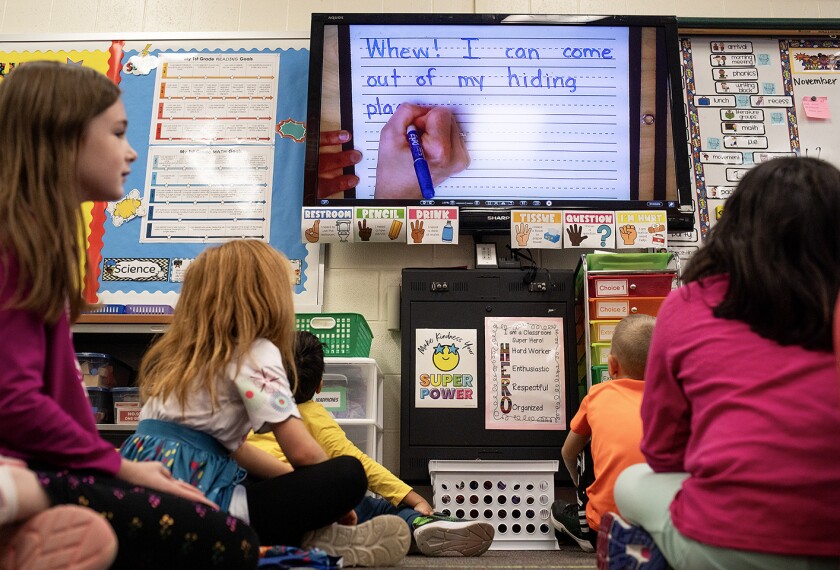To the Editor:
We were pleased to read your thoughtful and well-researched story on gender representation in the areas of science, technology, engineering, and mathematics (“Researchers Mull STEM Gender Gap,” June 17, 2009). In our work, we collaborate nationally with organizations exposing students to STEM careers in order to boost the numbers of young people pursuing these fields.
In these intensive, hands-on programs, funded by the National Science Foundation, young people ages 12 to 18 use sophisticated technology to do exciting things like explore their environment, conduct research, build programmable machines, and create media projects after school and during the summer. In urban, rural, and suburban communities, students are employing the same tools and methods used by scientists and engineers in their jobs.
Many of our programs focus specifically on girls, addressing the issues your article identifies, especially the lack of exposure to careers in STEM fields. In Boston middle schools, for example, girls work with engineers to design, build, and program robotic assistive technologies for persons with disabilities. In Austin, Texas, 100 middle and high school girls use computer visualizations and other tools to create solutions for global warming and other real-world problems, while learning science, math, and engineering. And in coastal California, 80 Latina middle school girls build and publish Web-based digital games that imagine life in outer space.
It is our hope that increasing exposure to STEM careers will boost the number of girls, traditionally underrepresented, in these fields. We are ensuring that young people get career information and the chance to experience the excitement of scientific experimentation and discovery. This is an important step to securing the highly skilled workforce the nation needs to innovate and compete in a global economy.
Siobhan Bredin
Director
ITEST (Innovative Technology Experiences for Students and Teachers) Learning Resource Center
Education Development Center Inc.
Newton, Mass.




